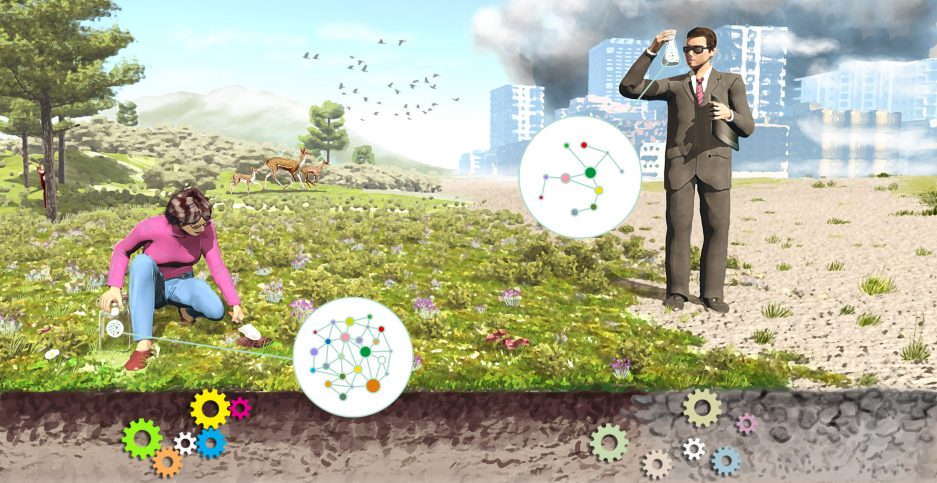Imagine that you wanted to be an aircraft pilot. You would have to go to the school of pilots and spend many hours and many dollars on a simulator before being able to get on a plane as the second aboard. After again many hours as the co-pilot you could eventually be promoted to captain. Well, imagine now that instead of being a pilot you dream of being an ecologist. But not a regular one. You don’t only dream of being able to understand how the world around you works. You also want to be able to manipulate it and manage it for the well-being of your fellow humans. Wait. Where do you think you should be able to obtain all the knowledge and training needed in order to do so effectively? Perhaps you could practice the trial and error method after going to grad school and learning about a good bunch of general ecological and technical concepts and methods. Perhaps you could even apply what you learnt during your field pracs and see how it goes. But, what if I told you that you could go to a simulator that allowed you to recreate the current conditions of your study system, in all its complexity of processes and interactions, and see what would happen if you applied one management strategy or the other? I am not talking about data modelling exclusively. Of course, we can already do that. I am talking about a whole new concept in ecology and the management of ecosystems. I am talking about visualization of ecological data using cutting edge visualization technology borrowed from Hollywood and the molecular biology (see for example Gael McGill’s Digizyme webpage). I am talking about being able to zoom in and zoom out across entire ecosystems, both in space and time, and to be able to make quick and effective decisions based on one of our most powerful body tools, our visual perception. This will of course be challenging but it is certainly technically possible with the tools and technology we have right now. If you have seen movies like Avatar you know this is true. However, before we can apply any of these things to real-world situations, we need to be able to feed our futuristic ecological simulators with real world data sourced from field-based ecological studies and land managers, sensors and satellites under all kinds of environmental conditions and experimental treatments. Coordinated experiments throughout the globe following standardized protocols and satellites will be particularly relevant in this endeavor. International initiatives like the Nutrient Network, DroughtNet, ZEN or GLEON are likely to provide some of the first ecological data that will serve to feed our extremely data-demanding eco-simulators. In this likely future, ecologists will be able to navigate these simulators and provide solid advice on questions that may reverberate through generations but, most importantly, they will be able to show these visualizations to the general public, stakeholders and policy makers, who would then become more conscious of the potential threats that our global environment might be subjected to. This will be especially relevant in a world of evident climatic change and land degradation subjected to the many challenges and pressures imposed by a still growing human population that claims for the equality and well-being of all people around the globe. Sounds like a dream? Of course it is but… is not that what we are all made of?
